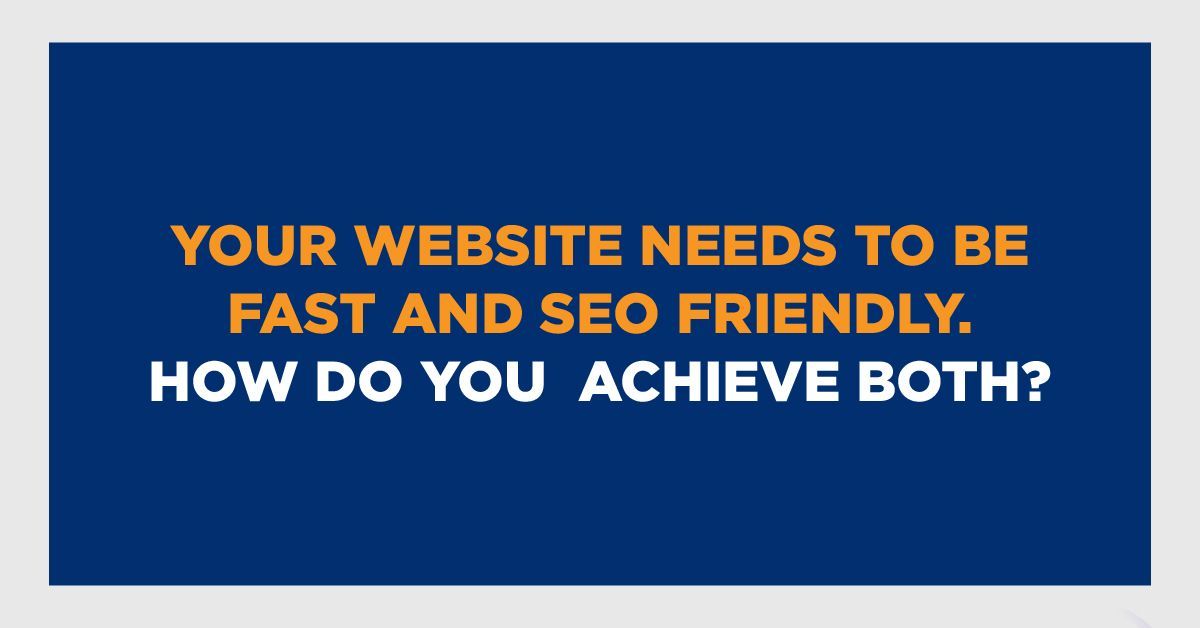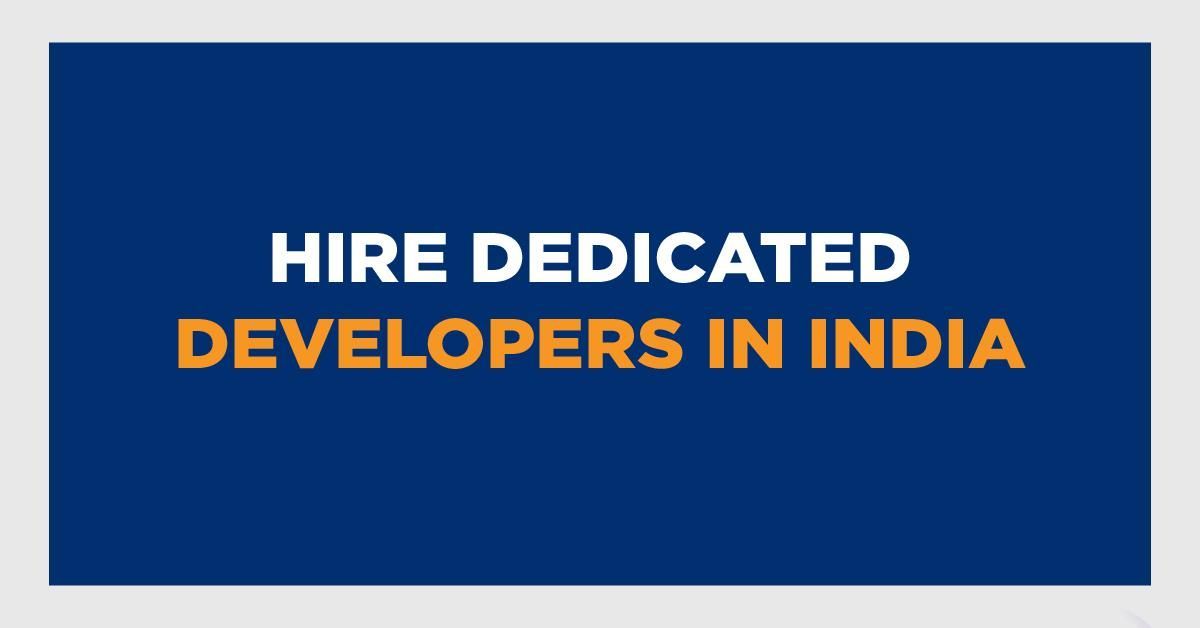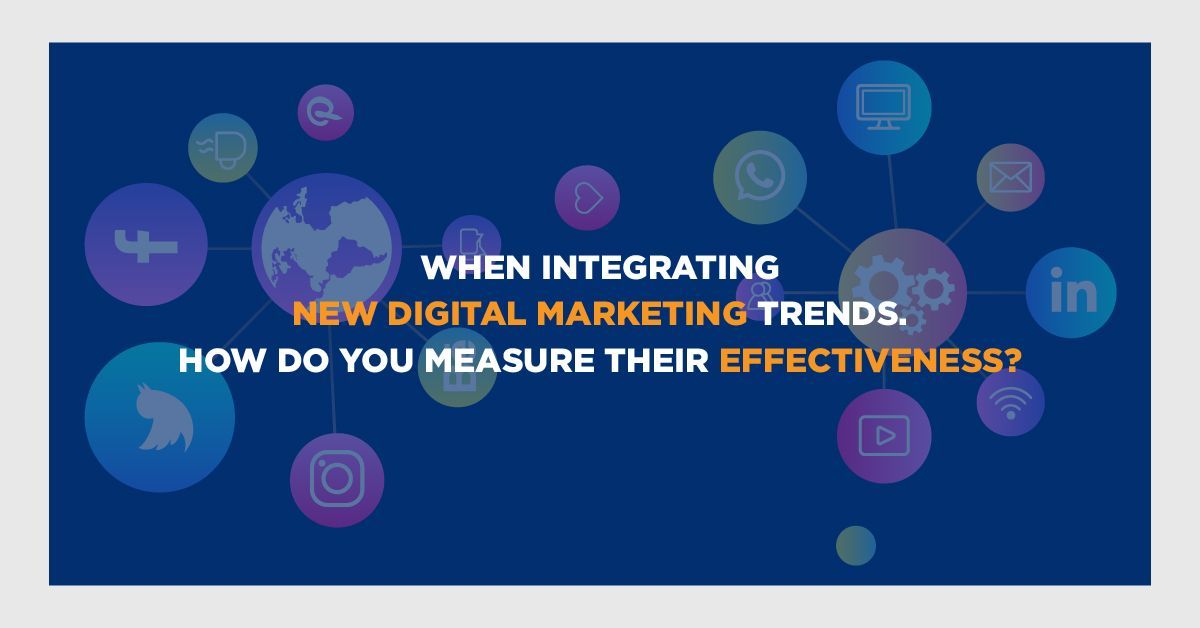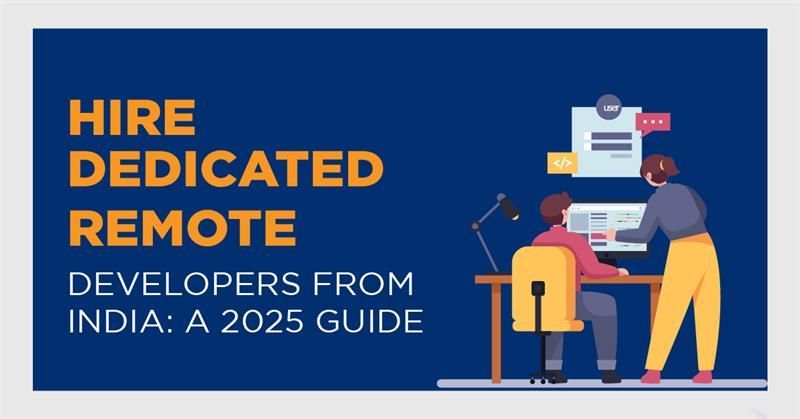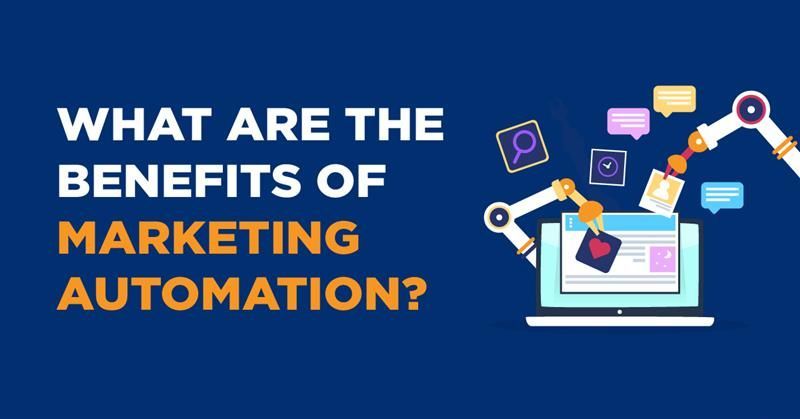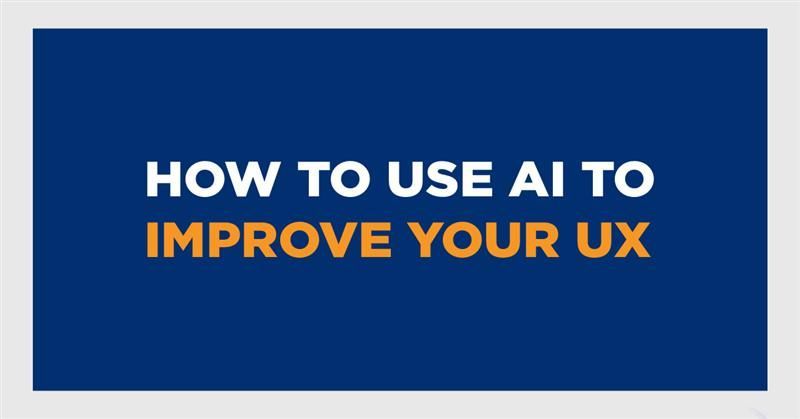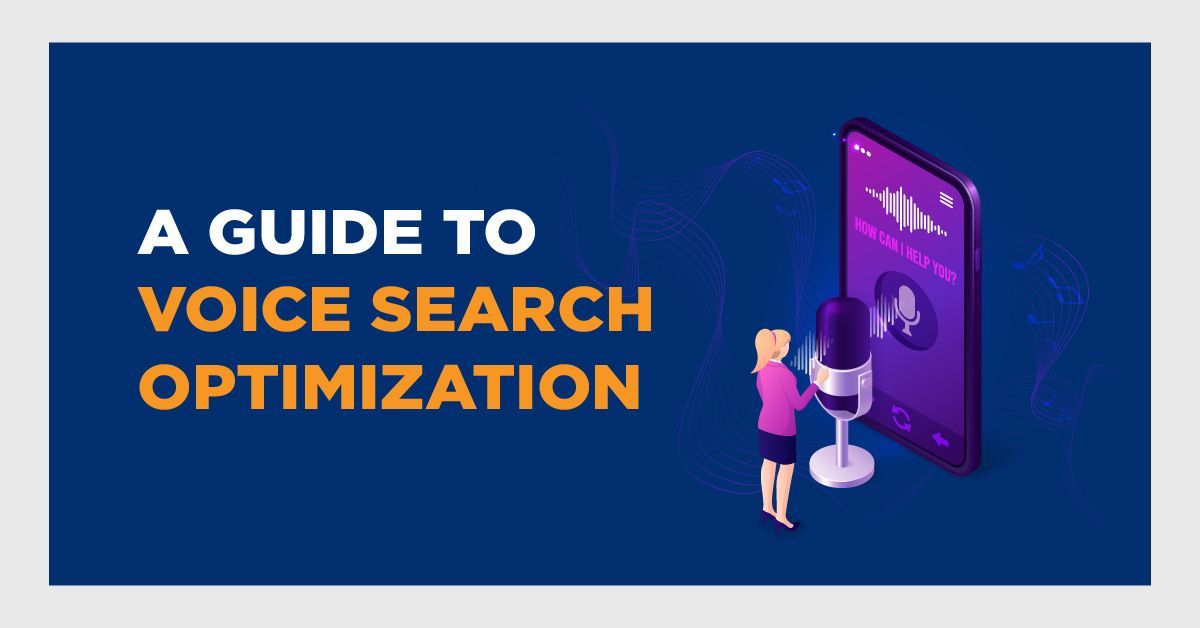How do Algorithms work for social media?
June 19, 2023

How do Algorithms work for social media?
Most individuals now engage in social media on a daily basis because it has become so engrained in our culture. Additionally, new platforms like TikTok and Twitch are drawing firms looking to promote in order to reach new audiences. Not only are existing networks gaining subscribers daily, but so are these new platforms.
YouTube and Facebook are the second and third most popular websites in the globe in 2021, after Google, according to Similar Web. For networks that are only 16 and 17 years old, that is quite astounding!
Because there are so many people on these sites, order and relevance must be established, and an algorithm provides just that.
What Do Social Media Algorithms Do?
An algorithm is a set of mathematical rules that describe how a collection of data should behave. Algorithms in social media help with maintaining order and ranking search results and advertisements. For instance, an algorithm on Facebook directs the order in which sites and content are displayed. (If you want to get more views, you can apply some excellent Facebook algorithm engagement tricks.)
With 150 million new users joining by April 2023, it is predicted that 60 percent of the world's population will be using social media. Monitoring and managing that is a huge task. Because of this, algorithms play a vital role in evaluating the legitimacy and positioning of social media accounts and content.
Although there is no manual on the many algorithms and how to manage them, we are knowledgeable enough to successfully navigate the social media environment. A user-friendly focus, like the one Google ranks by, has been one of the significant changes in the last few years. This motivates users of social media to post pertinent, excellent material and interact with customers.
What Causes Social Algorithms to Exist and Change?
On social media, algorithms are employed to organise the content in a user's news feed. Given the abundance of content, it gives social networks a mechanism to prioritise the material they believe users would find interesting.
That may sound fantastic to a marketer because it puts your content in front of the proper audience. Beware though, social media algorithms are far from flawless.
An algorithm's main function is to weed out unimportant or poor-quality stuff. If your content does not meet the requirements, it could be buried or removed from feeds. Additionally, since Google adds a new ranking factor to the mix, page experience, it's imperative that you familiarise yourself with fundamental web principles to guarantee that your content is noticed by both users and bots.
According to a YouTube research, videos that the algorithm chose but were not relevant to the user received millions of views. In fact, the same survey discovered that 60% of users came across YouTube videos showing people engaging in risky or disturbing behaviour, while 64% of users came across videos that seemed misleading or inaccurate.
Social networks routinely modify their algorithms to enhance user experience since they are imperfect system. The answer? Make sure your content is of the highest calibre, pertinent, and appealing, and monitor any algorithm changes to determine whether you need to adjust your social media strategy.
Social media algorithms types
Platform-specific social media algorithms differ. As a result, you can separate it by social media brand. Facebook, LinkedIn, Twitter, and Instagram are the primary social media sites. Here's a glance at each and how it ranks content and users at the moment.
Explaining Facebook's Algorithm
The secret to Facebook's algorithm is meaningful consumer involvement. It was designed to boost the significance and popularity of neighborhood, family, and friend posts over commercial ones.
There are four ranking signals in it:
- Popularity
- Type of content
- Relationship
- Recency
Facebook's algorithm has undergone numerous modifications over the years, making it challenging to get posts, especially organic ones, in front of the correct audience without planning and strategy.
The amount of organic reach on social networks is dwindling. The average organic post reach on Facebook has decreased by more than 5% as a result, and the interaction rate is only 0.25 percent, falling to 0.08 percent if you have more than 100k followers.
Although paid Facebook content is ranked individually, engagement, consumer response, and subject matter relevancy still play major roles. Important pointers for navigating Facebook's algorithm include:
- For your brand to respond to comments and inquiries, forging connections is essential.
- As Facebook gives more importance to reaction buttons, try to encourage a response that is more robust than a simple "like."
- Use Facebook Stories instead of relying on the algorithm to get viewed because they are not included in Facebook's newsfeed.
- Live video has higher engagement, and because of this, the algorithm favours it.
- Before posting any external content, exercise caution and make sure it is reliable and truthful.
Explaining the Twitter Algorithm
When Twitter was launched in 2006, it prioritized the day and time over the content because posts were prioritized according to the timeline. Twitter's algorithm, which was introduced in April 2023, has since been developed to take into account a wide range of additional ranking indicators in addition to subject expertise and demographic relevance.
The primary indicator used by Twitter's algorithm is:
- Recency
- Virality
- Relevance
- Area of the world
- Individual preferences
The secret to using Twitter for your business is to continuously interact and converse with relevant companies, users, or accounts while posting pertinent material based on your specialized area of expertise. It will also be to your advantage to upload material at the best times and days to get the most engagement.
Explaining the Instagram Algorithm
Instagram's algorithm prioritised postings based on time, just like Twitter's algorithm does. In 2021, the system now considers six important variables: user relationship, following, session time, time uploaded, and interest.
Carousels receive three times more engagement than other post kinds on Instagram, and Reels are now being promoted to encourage use of the brand-new feature. This means that if you want to increase interaction and make your company stand out on Instagram, don't be scared to explore new features.
LinkedIn's algorithm is described.
Known as a pioneer in B2B marketing, LinkedIn is a social media site focused more on networking than gaining subscribers. Currently, Fortune 500 companies use it the most frequently.
Strong and pertinent content is essential for LinkedIn success because the site has a connection- and engagement-based algorithm. The algorithm tries to increase engagement and give pertinent material top priority. Since 2018, viral activity has increased by 50% annually according to LinkedIn's algorithm. If you have read-worthy content, you can develop a networking chain even if there aren't many links at first.
Important pointers for utilizing LinkedIn's algorithm include:
- Put from 3 to 10 hashtags in your post.
- Comments are more significant than likes or reactions for video material, which is more popular than other forms but is no longer prioritized in a feed.
- Make your content engaging since dwell time (how long someone watches or reads the post) is vital.
- Build your network by talking to the right individuals, encouraging your staff to use the platform, or joining LinkedIn Groups.
- Use LinkedIn advertisements to expand your network and audience by trying them out.
- Analyse your data to determine what material is effective.
Conclusion
You'll learn about the various social media algorithms in this tutorial as well as how to distribute your content and increase social media interaction.

